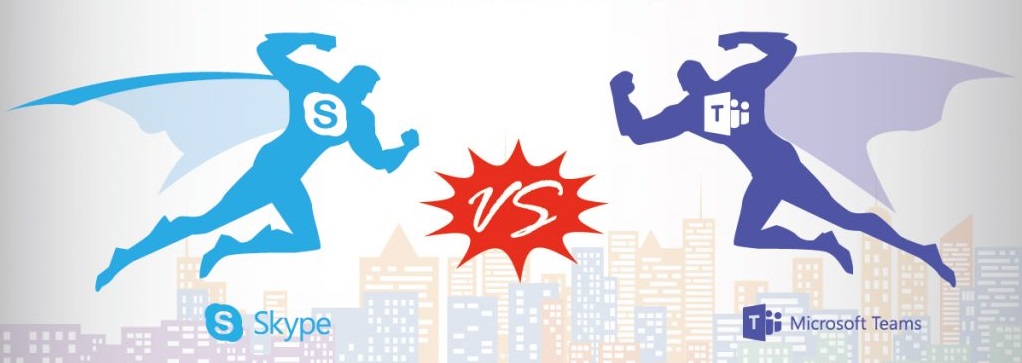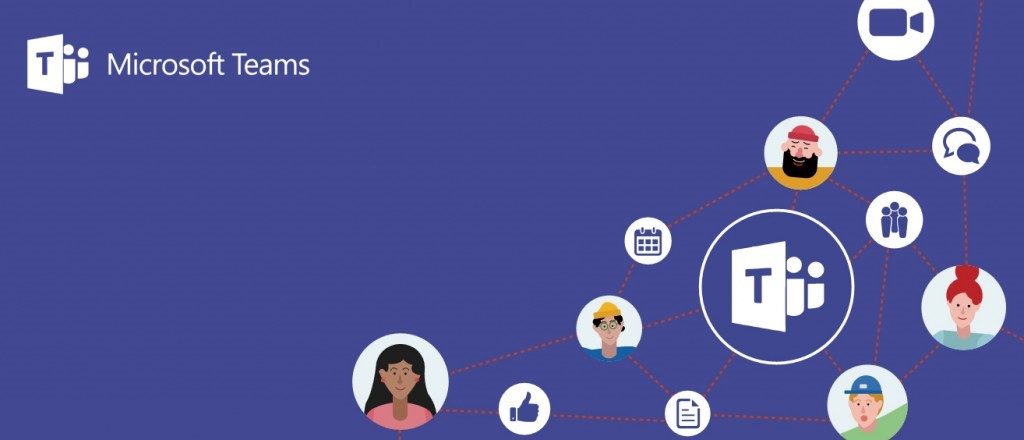Ready to start your Microsoft Teams journey? Register for our upcoming webinar “From Take-Off to Landing: 6 Steps to a Successful Microsoft Teams Pilot” today!
This is an Ignite the Tour session recap. You can read our other recaps below:
- How to Collaborate with SharePoint, OneDrive, and Microsoft Teams
- 3 Ways to Engage Your Organization with SharePoint, Stream and Microsoft Teams
- How to Control Roles in the Microsoft 365 Admin Center
- Tips for Building Modern Collaboration Solutions with Microsoft Teams and SharePoint
- Why Outlook Mobile is a MUST for Secure Enterprise Communications
- How Dynamics 365 Works as Microsoft’s Digital Feedback Loop
- 3 Keys to Effectively Managing Microsoft Teams in Your Government Agency
- How to Conduct Intelligent Meetings in Microsoft Teams
One of Dave Jennings’ Ignite the Tour DC sessions took a look at the strategy of migrating from Skype for Business to Microsoft Teams. The biggest goals and takeaways of the presentation were as follows:

Goals
- Designing your path from Skype for Business to Microsoft Teams
- Discover how Teams can accentuate teamwork and organizational success
- Gain insights into key considerations and best practices to drive a positive upgrade experience
- Understand the guidance and resources available to help navigate your upgrade journey
- Share real-world customer examples of their upgrade and Teams experience
Takeaways
- Microsoft Teams can benefit your business IT and end users
- Hundreds of organizations have already successfully transitioned to Teams
- Upgrading to Microsoft Teams is more than a technical migration; it’s about change management for your users, too
- Grounding users in Teams today can help facilitate and accelerate your upgrade over time
- Microsoft has robust guidance and resources to help you navigate your upgrade journey
Why Upgrade to Microsoft Teams from Skype?
Skype for Business has served the needs of organizations for years, but Teams is an advanced, modern experience that takes advantage of the newest technologies to provide bottom-line benefits and productivity. It’s the next step forward for organizational communication.
It’s also worth noting that Skype for Business will be retired on July 31, 2021.

How Microsoft Teams Benefits Businesses, Users, and IT Teams
For businesses: Teams enables faster decision making, reduces the need for meetings, enhances information-sharing, and easily scales mobility and productivity.
For end users: Teams offers a plethora of handy business meeting enhancements. These include:
- Allowing meetings to get started much more quickly
- Inline translation
- Real-time co-authoring in meeting documents
- Automatic recordings and background blurs
For IT teams: Microsoft Teams presents one integrated platform with end-to-end security and admin controls, improved performance with less downtime, and natively integrates tabs, bots, connectors, and more.
WATCH THE WEBINAR:
Make the Move from Skype to Teams
Whereas Skype for Business what a great chat tool, Teams is much more of a robust collaboration solution that creates a hub for teamwork by utilizing Office 365 and other platforms via connections.
There are many resources available to help IT departments get ready to implement teams, including documents detailing which ports to utilize, how to setup cloud endpoints (GCC High, DoD), plan for bandwidth consumption, and more.
Focus on Adoption
Since Microsoft Teams changes the way organizations collaborate, it’s important to focus on choosing an adoption strategy that’s right for your organization. There are flexible options to utilize Teams alongside Skype for Business, and adoption strategies like community engagement programs and contextual trainings that highlight quick wins for users are highly recommended.
There are resources from Microsoft like 
Steps and Recommendations for Deployments
The recommended success framework steps start with:
- Gathering the right stakeholders and building a project team
- Defining the project scope and goals
- Assessing the network’s readiness and performing quality tests
- Assesing user acceptance and the readiness of the implementation design
- Piloting and proceeding with the upgrade
As the solution is rolled out, it’s necessary to continue to try and drive value through optimization and continued growth and usage of the solution.
It’s possible to deploy Microsoft Teams such that users can utilize Teams and Skype for Business side by side. Alternatively, you can implement the solution such that users can interact with them concurrently with integrated communications.
Whichever path or method you choose, it’s important to remember that Microsoft has guidance and resources available to help you on your way.
Additional Resources:
- Government Adoption FlipBook Guide
- Teams Adoption Strategy WhitePaper
- Webinar: Deploy Teams in Government Agencies
- Teams Upgrade Success Kit
- Teams Upgrade Planning Workshops
- Skype To Teams: Upgrade Documentation






